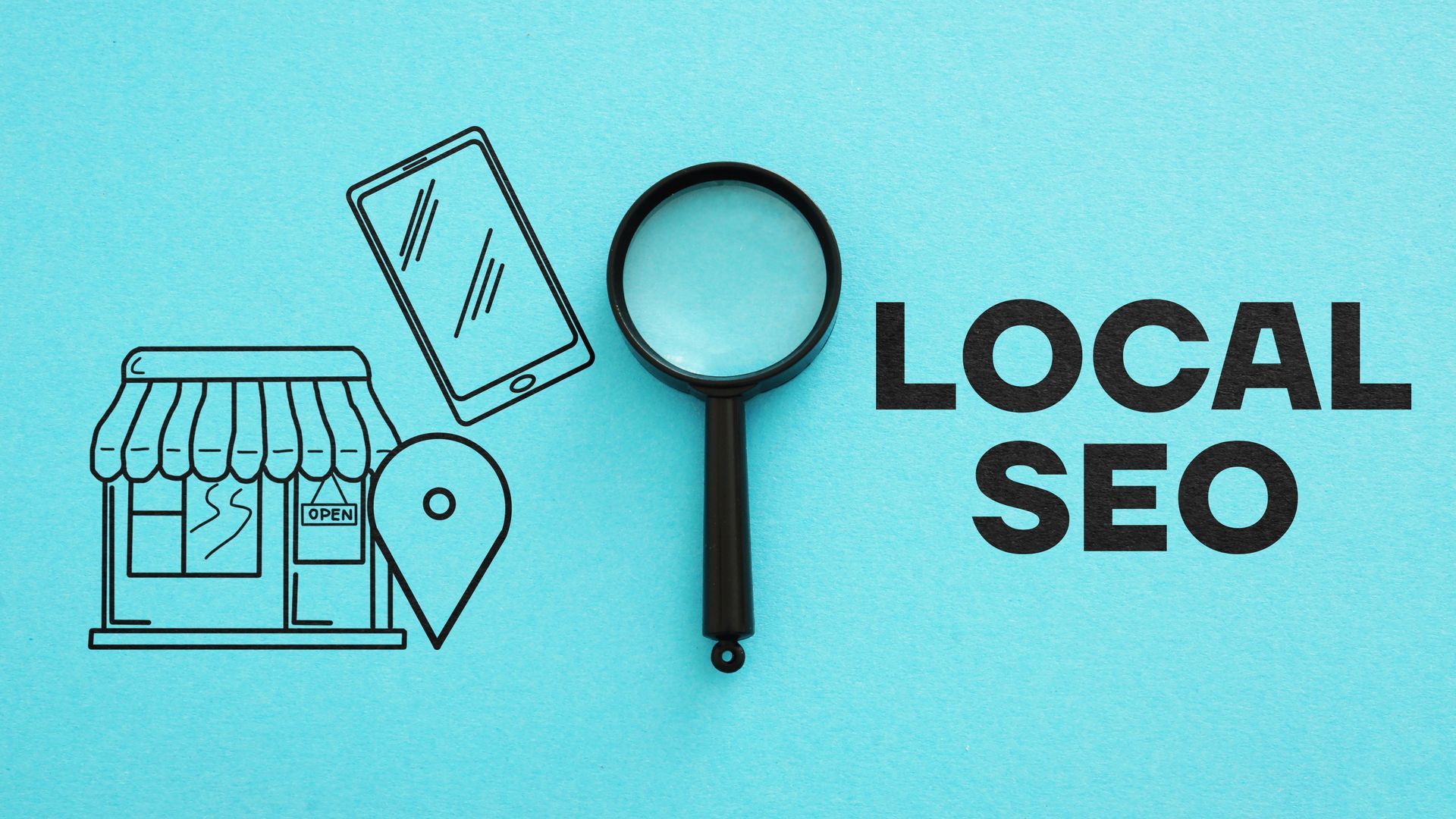How to Develop a Successful Content Marketing Strategy for Your Small Business in Roseville
How to Develop a Successful Content Marketing Strategy for Your Small Business in Roseville

Content marketing is an essential aspect of any successful small business strategy. If you're a small business owner in Roseville and are looking to stand out in a crowded market, then a well-structured content marketing plan is a great place to start. By creating valuable, informative, and relevant content, you can attract and retain a defined audience, ultimately driving profitable customer action. In this article, we will outline the key steps you need to take to develop a winning content marketing strategy for your small business in Roseville.
1. Define Your Target Audience
The first step in developing a successful content marketing strategy is to define your target audience. You need to know who you are creating content for. Who is your ideal customer? What are their pain points, interests, values, and aspirations? By understanding your target audience, you can create content that speaks directly to them and addresses their needs.
To identify your target audience, you can conduct market research, analyze customer data, and use social media listening tools. You can also create buyer personas – fictional representations of your ideal customers – to help you visualize your target audience and create more personalized content.
2. Set Goals
Once you have defined your target audience, the next step is to set specific and measurable goals for your content marketing strategy. What do you want to achieve? Do you want to increase website traffic, generate leads, build brand awareness, or improve customer engagement? Setting clear goals will help you focus your efforts and track your progress.
To set goals, you can use the SMART framework – specific, measurable, achievable, relevant, and time-bound. For example, a SMART goal for a small business in Roseville could be to increase website traffic by 50% in the next six months by publishing two blog posts per week and promoting them on social media.
3. Choose Your Channels
Once you have set your goals, you need to choose the right channels to distribute your content. There are many channels you can use, such as social media, email marketing, your website, guest blogging, podcasts, webinars, and more. The key is to choose the channels that are most effective for reaching your target audience and achieving your goals.
To choose the right channels, you need to understand the preferences and habits of your target audience. For example, if your target audience is primarily on LinkedIn, then you should focus on creating content for that platform. If they prefer video content, then you should consider creating videos for YouTube or Instagram.
4. Develop a Content Plan
Now that you have defined your target audience, set your goals, and chosen your channels, it's time to start creating content. Developing a content plan will help you stay organized and consistent in your content creation efforts. Your content plan should outline the type of content you will create, how often you will publish it, and who will be responsible for creating it.
To develop a content plan, you can use a content calendar – a visual tool that helps you plan and schedule your content in advance. Your content plan should reflect your goals, target audience, and channels. It should also include a mix of content formats, such as blog posts, infographics, videos, podcasts, and more.
5. Promote Your Content
Creating great content is only half the battle. You also need to promote it effectively to ensure it reaches your target audience. Content promotion involves sharing your content on social media, including it in your email marketing campaigns, using paid advertising to reach a larger audience, and collaborating with influencers and other businesses in your industry.
To promote your content, you need to know where your target audience is online and how they consume content. You can use social media listening tools to monitor conversations and engage with your target audience. You can also use email marketing software to send personalized content to your subscribers.
6. Analyze and Adjust
The final step in developing a successful content marketing strategy is to analyze your results and adjust your strategy as needed. By analyzing your results, you can identify what is working and what isn't, and make data-driven decisions about your content marketing strategy moving forward.
To analyze your results, you need to track key metrics such as website traffic, engagement rates, leads generated, and conversion rates. You can use tools like Google Analytics to track your website traffic and engagement rates, and email marketing software to track your open rates and click-through rates. You can also use A/B testing to test different versions of your content and see which one performs better.
Once you have analyzed your results, you can adjust your strategy accordingly. This may involve tweaking your content plan, changing your promotion tactics, or redefining your target audience or goals. The key is to remain flexible and open to change as you learn more about your target audience and the effectiveness of your content marketing efforts.
In conclusion, developing a successful content marketing strategy for your small business in Roseville requires a clear understanding of your target audience, specific and measurable goals, the right channels, a well-planned content calendar, effective content promotion, and regular analysis and adjustment. By following these key steps and staying focused on your goals, you can build a strong online presence and stand out in your market.










